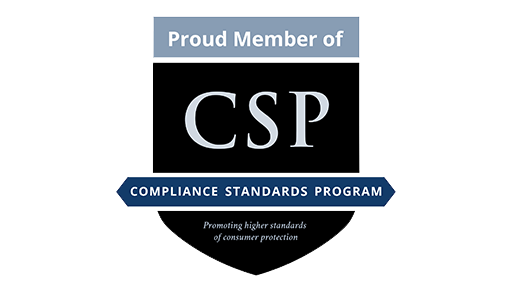10 Roth IRA Rules to Know in 2020

10 Roth IRA Rules to Know tn 2020
A Roth IRA can be an incredible source of money when you are retired. Like traditional IRAs, it allows you to have an entirely tax-free savings account. There is an added advantage of the Roth IRA. It allows tax-free withdrawals of your contributions as well. Like other retirement plans, the Roth IRA has specific rules. Listed below are 10 Roth IRA Rules to know in 2020.
1. Maximum contribution in Roth IRA
The maximum contribution is $6,000 for 2020. It is possible to own both a Roth IRA and a traditional IRA. But the combined contribution to both of them should not be more than $6,000.
2. Maximum contribution if you are over 50
If you are 50 years or older, your maximum contribution is $7,000. That is $1,000 more as per the rule in 2020.
3. Income limits
There is a certain income threshold to contribute to a Roth IRA. If you are single and live alone the threshold is $138,999. If you are married filing jointly, the threshold is $205,999. The threshold is under $10,000 if you are married filing separately.
4. Backdoor Roth IRA
Backdoor Roth IRA is an option if your income exceeds the threshold. In this, you basically fund a traditional IRA. Subsequently, you can convert it into a Roth IRA. The only drawback is that it is a complicated process with serious tax consequences. It is recommended to consult with a tax professional beforehand.
5. Penalty for contributing more
There is a penalty if you contribute more than that allowed by the rules. You will have to pay a 6% penalty every year that extra money remains in your account.
6. Access to contributions
You can have access to your contributions at any time, because you have already been taxed on those contributions. It is always recommended to save money, but in case of an emergency, you can easily have access to this money.
7. The Five Year rule
You can not withdraw your Roth IRA earnings before you turn 59½. If you do so, you will owe income taxes plus a 10% penalty. That is where the five-year rule comes handy. According to this, your account needs to be at least five years old, at which time you can withdraw your earnings. This way you would not have to pay any taxes or the 10% penalty.
8. The CARES act
In 2020, the CARES act was enforced. Under this, you can withdraw up to $100,000 if you are suffering from COVID-19. This withdrawal is free of any penalty or taxes. You can even withdraw if you are under 59½ years.
9. Contribute for as many years as you want
There is no age where you need to stop contributing to a Roth IRA. As long as you have a taxable income, you can contribute forever. This is unlike the traditional IRA. Traditional IRA requires you to stop contributing after the age of 70½ years.
10. Withdrawal
Traditional IRA has a required minimum distribution or RMD. That means that you need to start withdrawing money after the age of 70½ years. But with a Roth IRA, there is no such rule. You never have to withdraw money, and you can continue saving. You can also pass it on your heirs absolutely tax-free. If you pass it on to your spouse, they will have two options. They can delay distributions until you are 70½ years old. Alternatively, they can claim the account as their own. This way, they will not have to face any RMD either. You can also pass on your account to someone other than your spouse, but they will have to take the distributions at some point in time.





